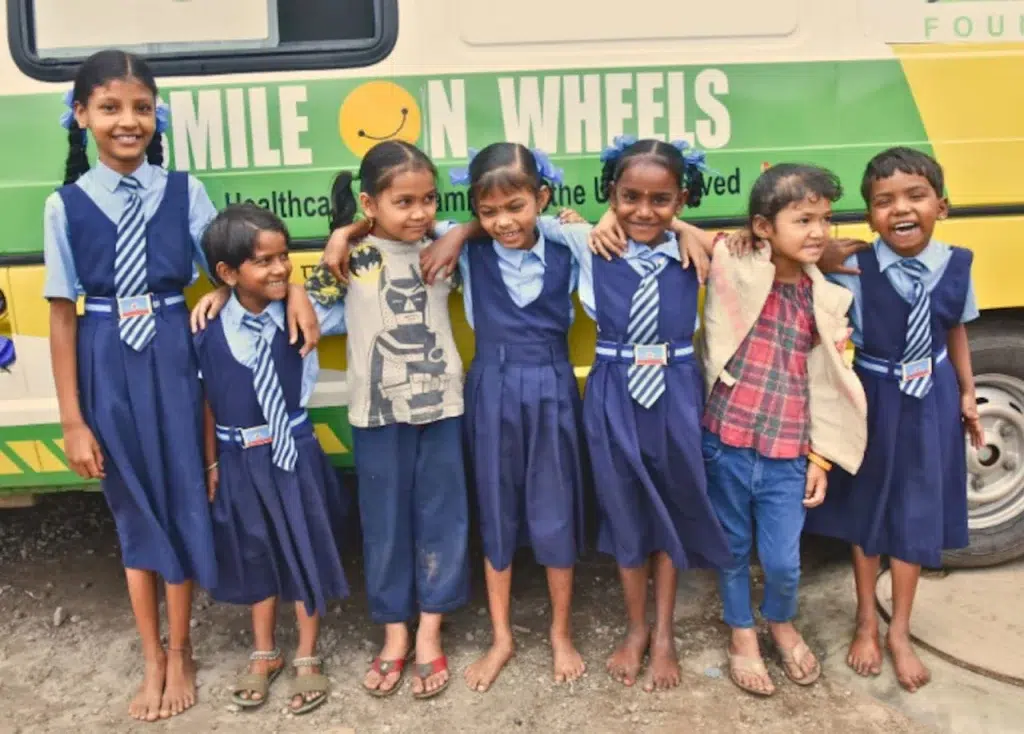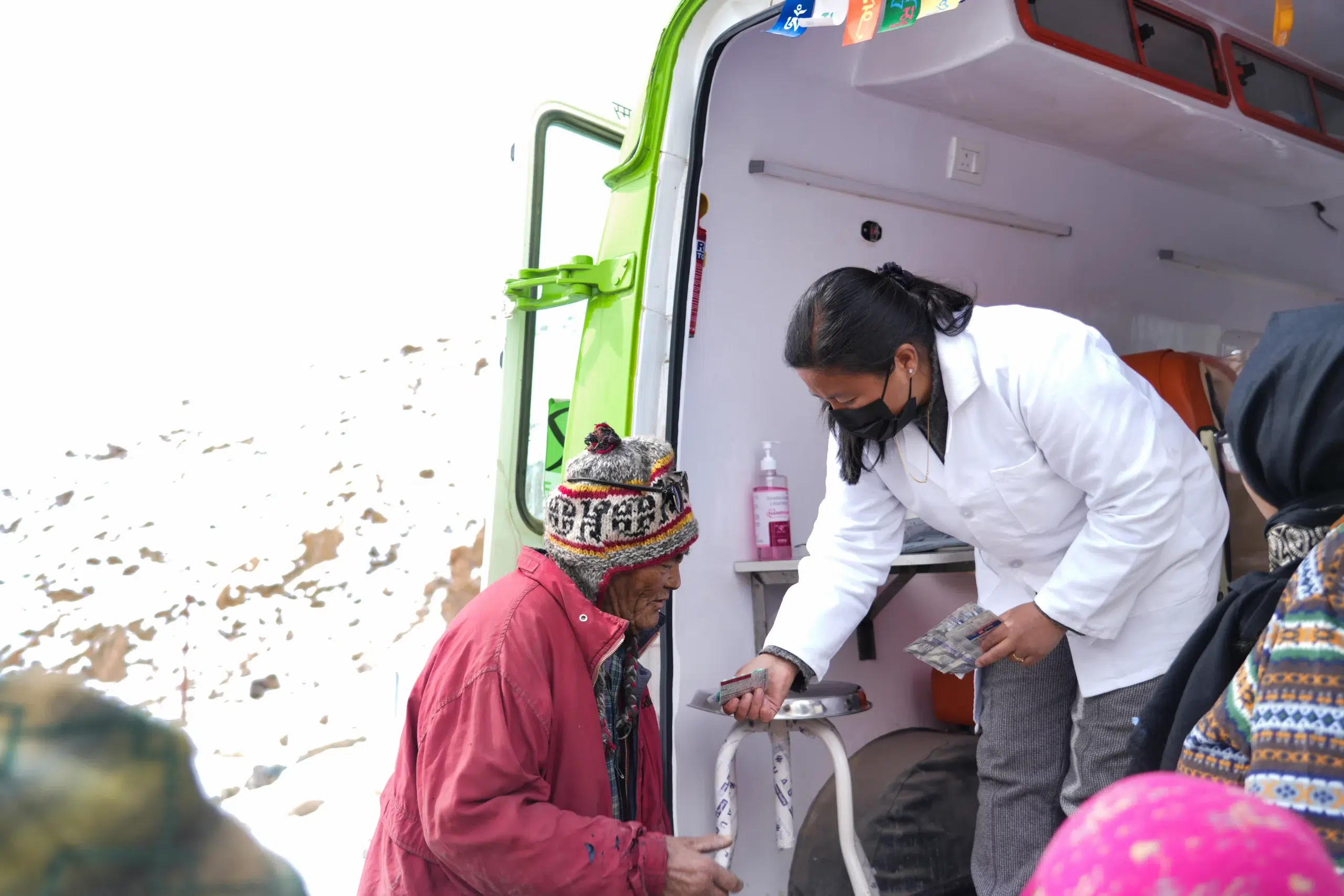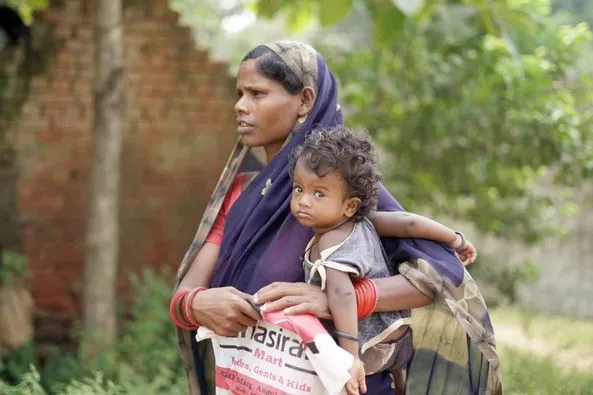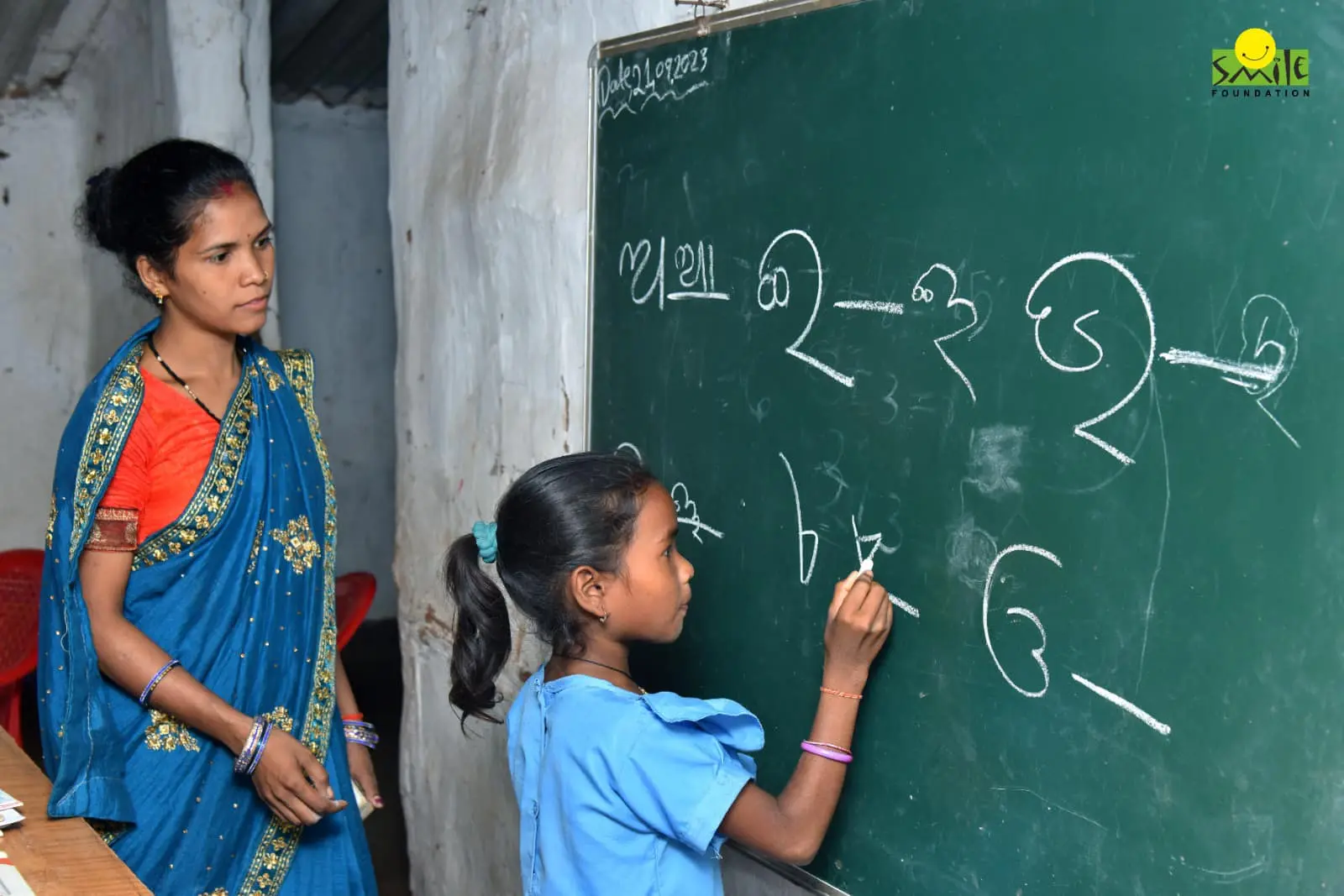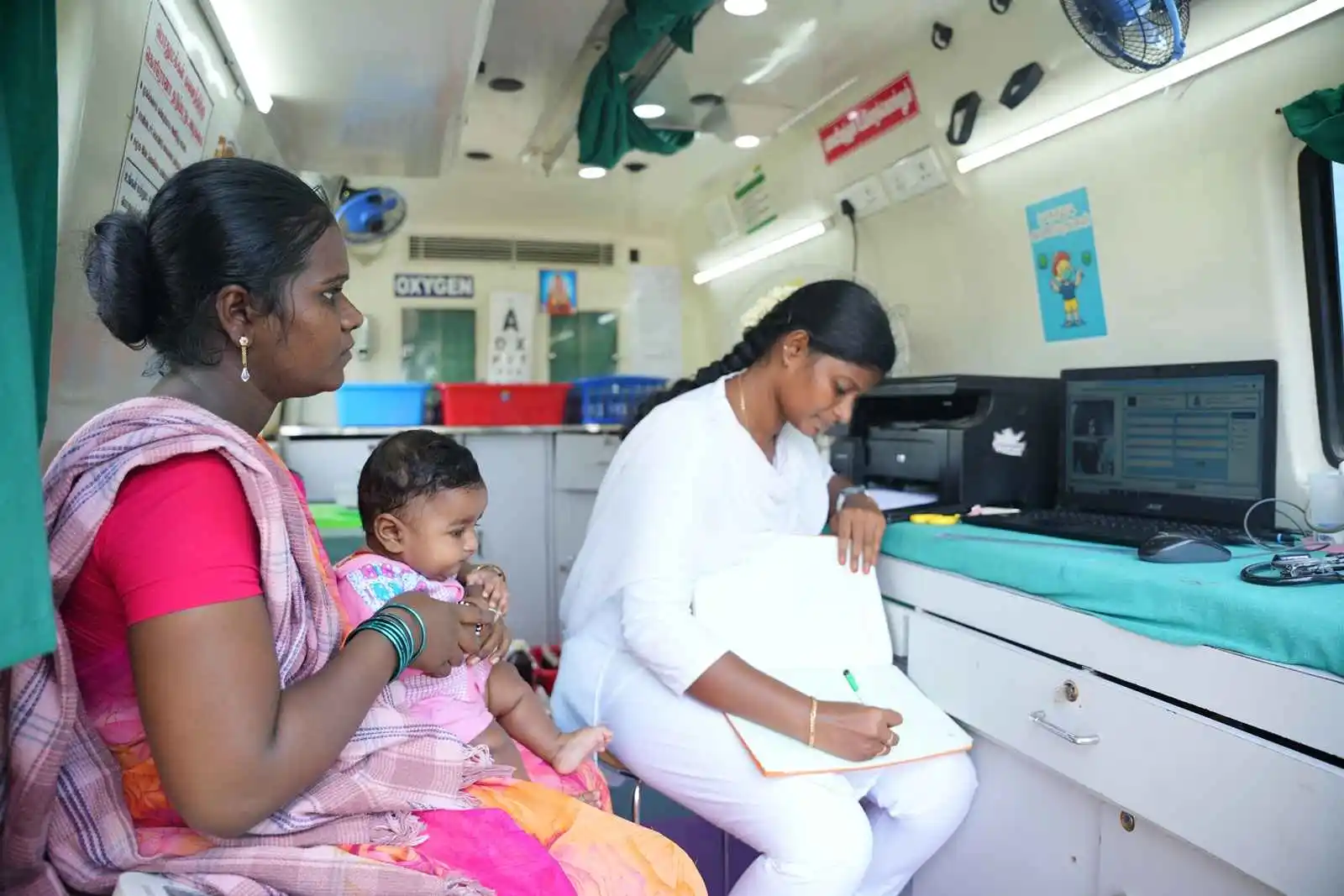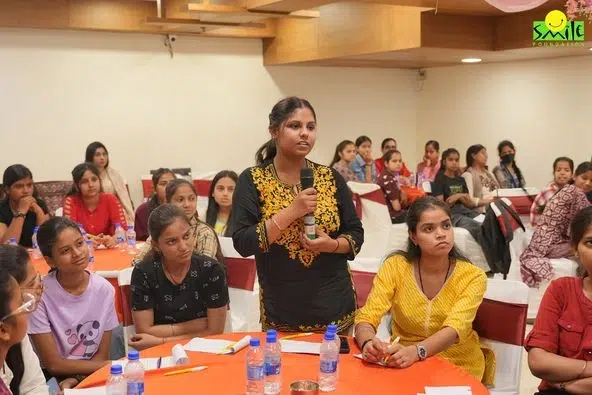Good health and quality education are often viewed as two distinct pillars of personal and societal development. However, a closer look reveals they are deeply interconnected, creating a powerful synergy that can transform lives and uplift entire communities. Good health enables learning, while quality education can lead to healthier life choices, forming a cycle of improvement that benefits individuals and societies alike.
As we look toward a future of sustainable development, it’s crucial to understand how health and education intersect and why promoting both together can lead to far-reaching positive change. In a world striving for equity and growth, the symbiosis of health and education is essential for creating not only a better life but a brighter future.
Good Health and Quality Education- The Connection
Health and education do not exist in silos; rather, they profoundly influence each other across multiple levels. Studies reveal that better education leads to healthier life choices. According to the World Health Organization (WHO), educated individuals are more likely to avoid smoking and understand nutrition, exercise, and mental health. Education facilitates awareness of diseases, vaccines, and preventive care, reducing mortality rates. Educated women, for example, are more likely to seek maternal healthcare, benefiting both mother and child.
Likewise, good health is crucial for educational success. Well-nourished, vaccinated children perform better in school. UNICEF notes that malnutrition can significantly reduce school performance due to developmental delays and chronic health conditions. This issue is especially pressing in India, where nearly 43 lakhs of children are malnourished. Tackling these health barriers ensures that children can not only attend school but thrive academically.
Schools as Catalysts for Health
Schools play a crucial role as hubs of health promotion, especially in communities where healthcare services may be limited. Initiatives within schools can effectively reach large groups of children. From comprehensive sex education to hygiene and nutrition classes, schools can be ideal platforms for promoting lifelong healthy behaviors. Evidence suggests that countries investing in integrated health and education strategies see improved outcomes in areas like school attendance, literacy, and life expectancy.
In developing countries, where lack of access to basic healthcare, poor sanitation, and limited health education contribute to higher absenteeism and dropout rates, the need for health services in schools is even more pressing.
Bridging Health and Education: Global Efforts and Indian Initiatives
The Sustainable Development Goals (SDGs) have dedicated two separate but linked goals—Goal 3 for health and Goal 4 for quality education. These goals encourage nations to create systems that allow children to learn in safe, healthy environments. Programs like UNICEF’s WASH (Water, Sanitation, and Hygiene) in Schools provide clean water, sanitation, and hygiene practices, transforming health and education for millions in low-income countries. Similarly, the WHO’s Global School Health Initiative promotes school-based health programs, particularly in lower-income areas, enhancing student well-being, reducing absenteeism, and boosting health literacy.
Rashtriya Kishor Swasthya Karyakram is an initiative that aims to bridge health and education by providing young people with resources on physical, mental, and reproductive health. Additionally, the Midday Meal Scheme, serving over 100 million children every day, combats malnutrition and boosts attendance. These programs recognize the inseparable link between health and education and underscores the importance of investing in both for widespread societal benefits.
Breaking the Poverty Cycle Through Health and Education
Poverty is a barrier to both health and education. Poor health often leads to higher absenteeism in school, hindering educational progress and limiting future economic opportunities. Similarly, lack of education may lead to low-income jobs and restricted access to health services, perpetuating poverty across generations.
WHO estimates that 100 million people are pushed into extreme poverty every year due to healthcare costs. In India, out-of-pocket health expenses constitute a significant burden for low-income families, resulting in reduced investment in education and dropouts. Breaking this cycle by implementing policies that improve both health and education access can lift entire families out of deprivation.
Mental Health: The Overlooked Link Between Health and Education
While physical health has long been associated with educational success, mental health is often overlooked. Mental health issues like anxiety and depression can severely affect academic performance and social development, especially among adolescents. Globally, the WHO reports that 10–20% of children and adolescents experience mental health conditions, yet these often go unaddressed, particularly in low-income regions.
In India, mental health support in schools is limited, but the need is growing. Schools that integrate mental health education and provide support through counseling and peer support programs can improve learning outcomes and contribute to healthier, more resilient individuals.
Challenges and Opportunities
Despite significant progress, barriers like inadequate funding, infrastructure, and trained staff limits the effectiveness of health programs in schools, particularly in rural areas. Bridging these gaps will require sustained investment and a sincere commitment from the government, non-governmental organizations, corporate sector as well as community.
The rise of digital health tools offers an innovative solution to the challenges of integrating health services into educational systems. Telemedicine, mobile health apps, and online mental health resources are beginning to bridge healthcare gaps, even in remote areas. Such tools can support school health initiatives and extend their reach to students who would otherwise have limited access to healthcare.
The Bottom Line
The relationship between good health and quality education is clear and profound. Investing in both not only allows individuals to become healthier but also more capable of contributing meaningfully to society. Recognizing that health enables learning and learning promotes health can guide policies toward more holistic development goals. Global and local efforts that bridge health and education gaps move us closer to a future where every child can grow in a healthy, supportive environment. This synergy is more than just a path to personal growth; it forms a foundation for stronger, more resilient societies, creating lasting benefits for future generations.
Smile’s Efforts & Results
Smile Foundation’s LifeCycle approach is grounded in the belief that every aspect of a person’s life is interconnected. Therefore, addressing these dimensions in a holistic and parallel manner is essential. Through initiatives like Mission Education and Smile on Wheels, we support underserved children and their communities, ensuring that improvements in education are coupled with better health and vice versa, creating a continuous cycle of growth.
Each year, over 1.5 million children and families across 2000 villages in 25 states benefit from our targeted interventions in education, health, women’s empowerment and community development.
Our flagship educational programme, Mission Education, focuses on foundational literacy and numeracy (FLN) as well as STEAM subjects, ensuring the cognitive development of children. Meanwhile, Smile on Wheels, our mobile healthcare initiative, reaches remote villages, providing preventive healthcare through OPD services, point-of-care testing, and regular health and eye care check-ups, ensuring better health and nutrition for children within healthier communities.
Through these focused efforts, we support marginalised communities with the essential building blocks for an empowered life. To help us continue working towards a healthier, educated, and empowered India, you can support our mission by clicking here.



